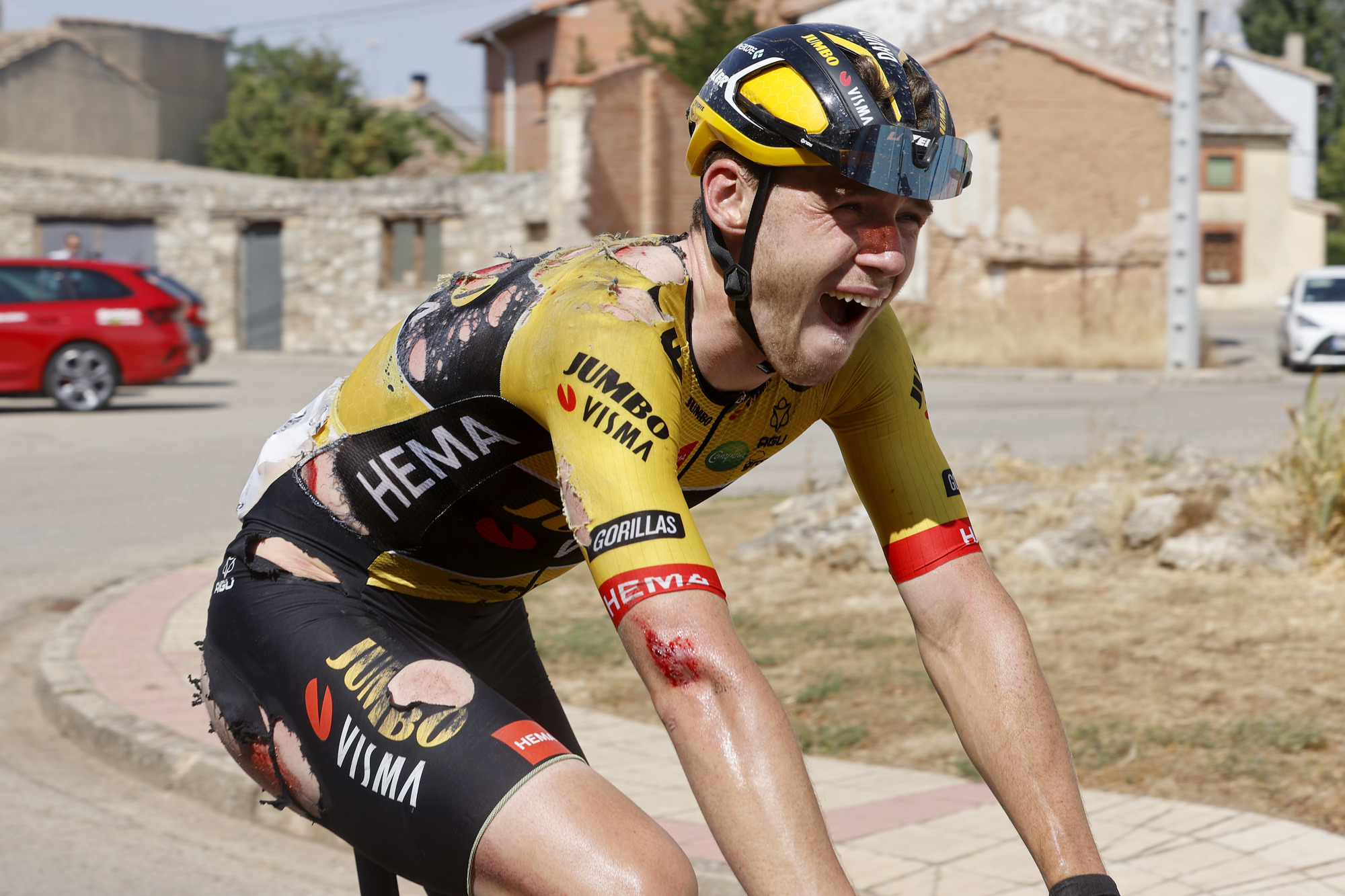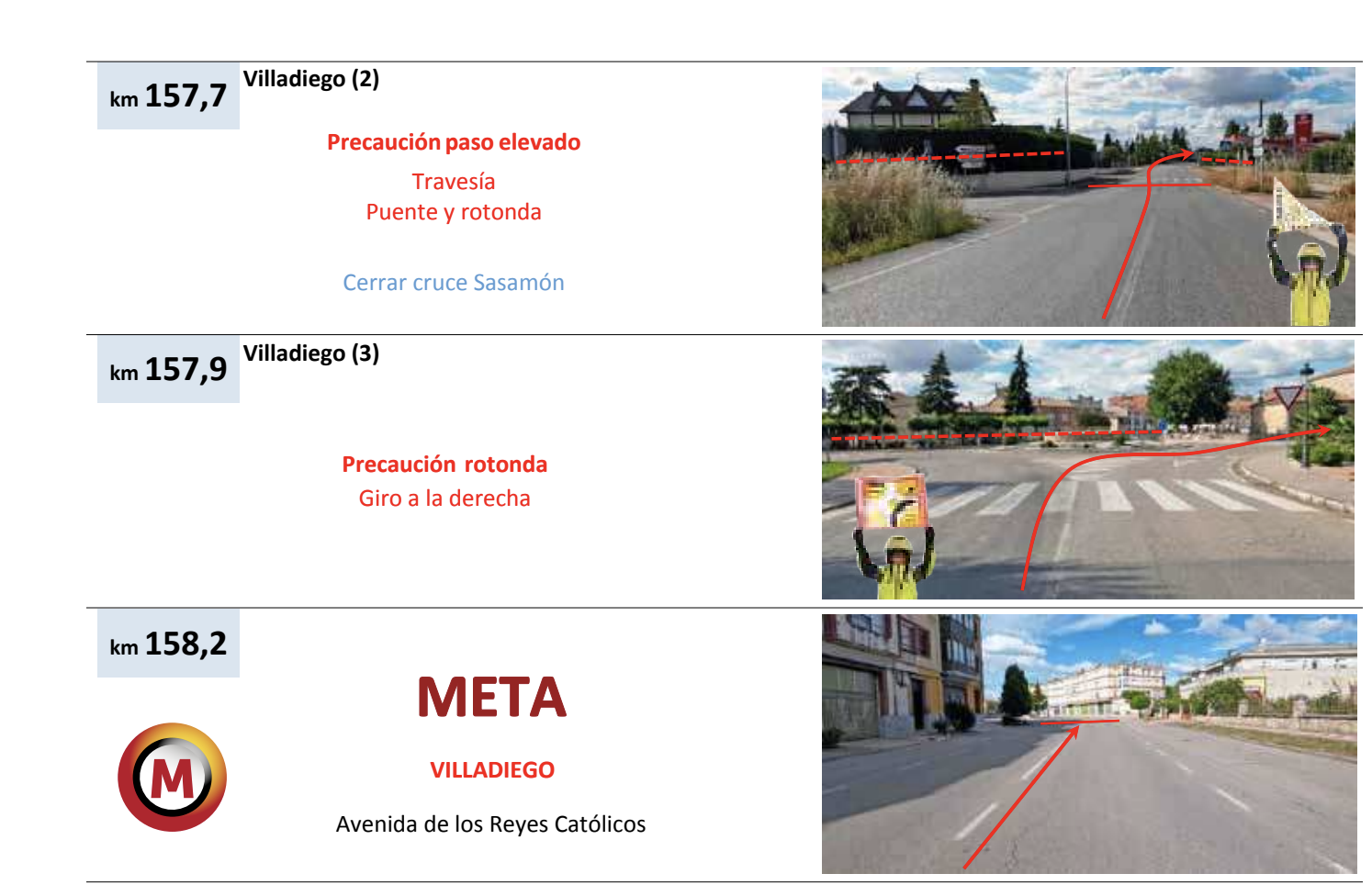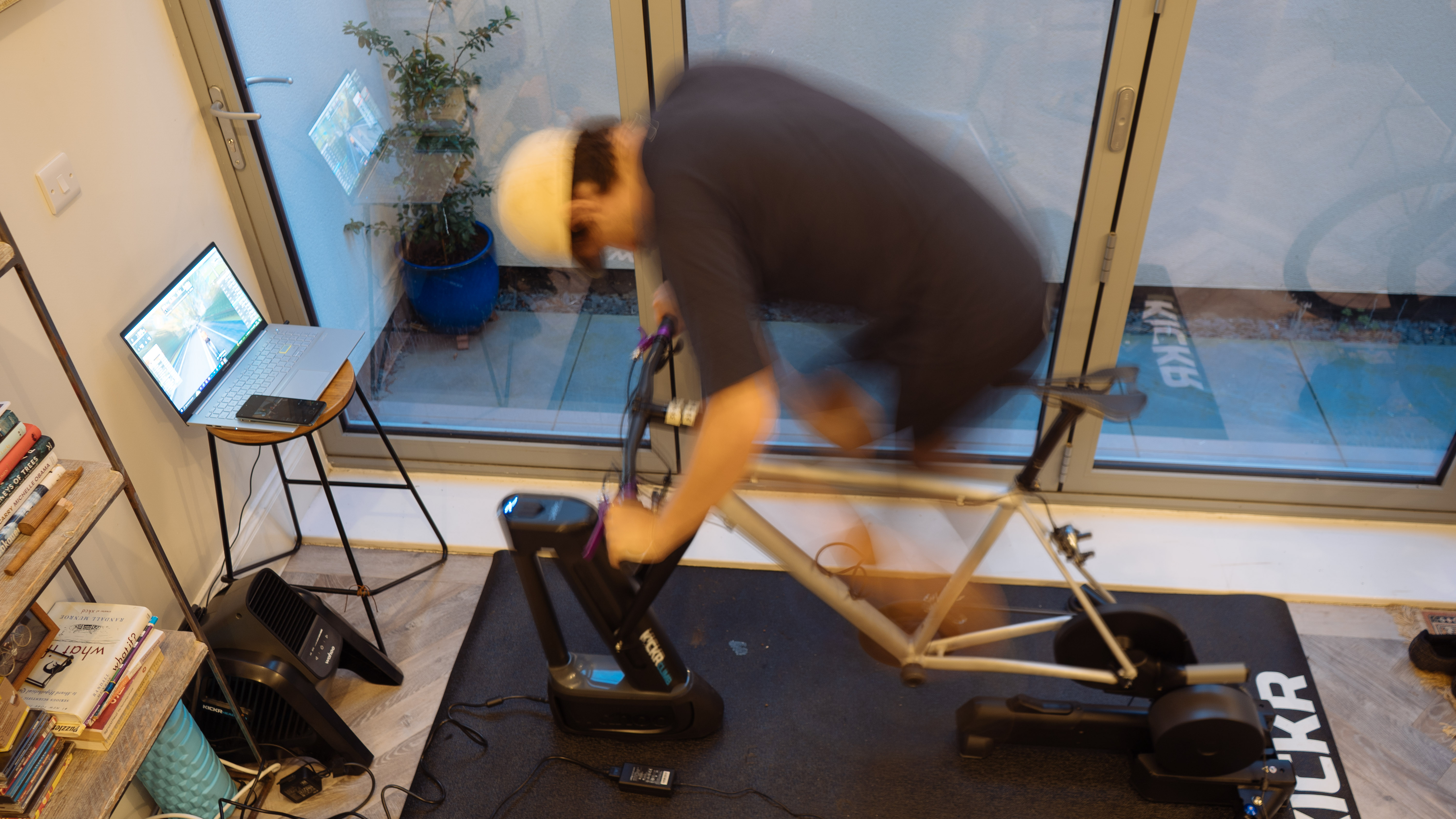Crashes in Burgos, Poland highlight ineffectiveness of UCI safety rules
Speed bump in Burgos, narrow turn in Poland both afoul of rules for organisers

Shocking crashes in the final kilometres of Wednesday's stages in the Tour de Pologne in Rzeszów and Vuelta a Burgos in Villadiego have highlighted the ineffectiveness of the UCI safety rules and guidelines for the courses of major races.
The UCI "Specifications for Organisers" published in February 2021 in response to the horrific crash of Fabio Jakobsen in the opening stage of the 2020 Tour de Pologne added measures intended to prevent deficits in the course and barrier design from endangering riders.
The Specifications for Organisers state: "There must be no obstacles such as road narrowings, traffic islands and speed bumps in the final kilometre. The finishing straight should observe several safety considerations and must be carefully chosen bearing these requirements in mind.
"The finishing straight should be as long as possible, at least 200m. It should also be sufficiently wide, at least 6m, and ideally 8-10m. The road width must be consistent and must not narrow at all."
The document also states explicitly "As per article 2.2.089 of the UCI Regulations organisers are obliged to observe the various requirements of this document as well as of the UCI Regulations."
However, the Vuelta a Burgos organisers included a speed bump in the final kilometre of stage 2 (see video below) that caused Jumbo-Visma's David Dekker to lose control and crash in front of the peloton, who were hurtling at full speed into the fast, downhill sprint.
Organisers included the speed bump in an exhaustive list of danger points along the course and the same finish was used in the 2020 edition without incident but the luck ran out on Wednesday. Additionally, the barriers along the section of course failed to hold together when riders fell into them, evoking the unsettling images of Jakobsen's crash in 2020.
The latest race content, interviews, features, reviews and expert buying guides, direct to your inbox!
David Dekker, who was the first to go down at the speed bump, said he didn't see it. "I didn't see the speed bump coming and with that high speed in a downhill section I completely lost control," he said in a message on social media. "I sincerely hope that everyone involved in the crash is OK and will recover quickly.”
Dekker's teammate Affini, meanwhile, said that the course in the last kilometre of the stage was unacceptable.
"Dear UCI, after all that happend already, to allow a finish with a speedbump so high in the last 800m coming from a super high speed section is a disgrace. Unacceptable," he wrote on Twiter, also noting that he and Roosen were unaware of the crash as they raced to the finish.

In the Tour of Poland, a drastic narrowing of the road from two lanes to one sparked another mass crash near the front of the peloton inside the final kilometre. Organisers warned of the turn at 800m to go but did not warn of a narrowing.
The aforementioned article 2.2.089 applies to UCI WorldTour, UCI ProSeries, and UCI Women’s WorldTour events such as the Tour de Pologne (UWT) and Vuelta a Burgos (2.Pro).
The incident in the 2020 Tour de Pologne led to reforms of the UCI safety measures that added requirements for the barriers used in the final kilometre of races, stating, "The barriers must be weighted down so that they do not move in strong winds or when subject to pressure by spectators or other forces."
The barriers at Vuelta a Burgos broke free in a similar fashion to those in Jakobsen's crash, though they were heavier and did not fly into the course. Fortunately, it appears none of the riders were as seriously wounded as Jakobsen's near-fatal injuries.
The UCI's safety measures also specified that each race would have an Event Safety Manager reporting to the UCI's Safety Manager who should have been enforcing the course specifications.
It is unclear if either race has a safety manager on site or if they took advantage of a provision in the rules that states: "The UCI may use the services of independent experts to evaluate the safety and compliance of the route ... The result of the evaluation of the event route by the UCI or the appointed independent expert may be communicated by the UCI to the organiser so that the latter can implement any corrective actions required."
Cyclingnews has not received a reply to a request for comment from the UCI.
Caída muy fea por culpa de un baden en la #VueltaBurgospic.twitter.com/UZbjX9OKOlAugust 3, 2022

Laura Weislo has been with Cyclingnews since 2006 after making a switch from a career in science. As Managing Editor, she coordinates coverage for North American events and global news. As former elite-level road racer who dabbled in cyclo-cross and track, Laura has a passion for all three disciplines. When not working she likes to go camping and explore lesser traveled roads, paths and gravel tracks. Laura specialises in covering doping, anti-doping, UCI governance and performing data analysis.
